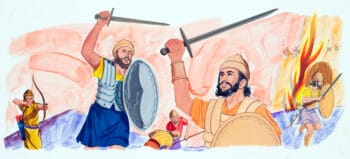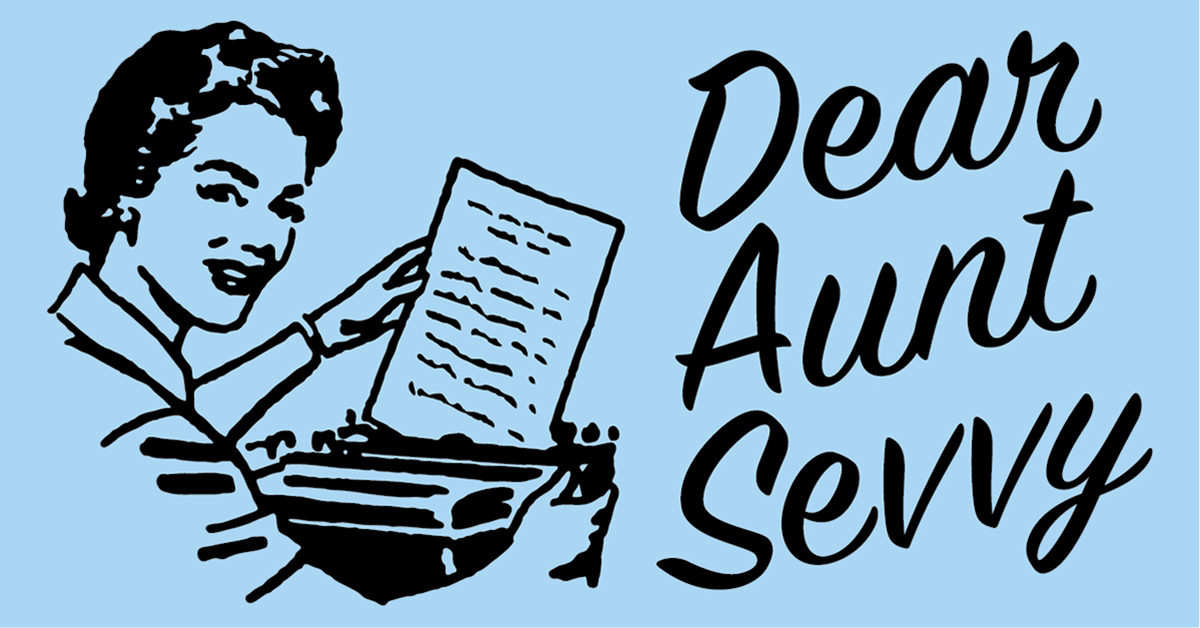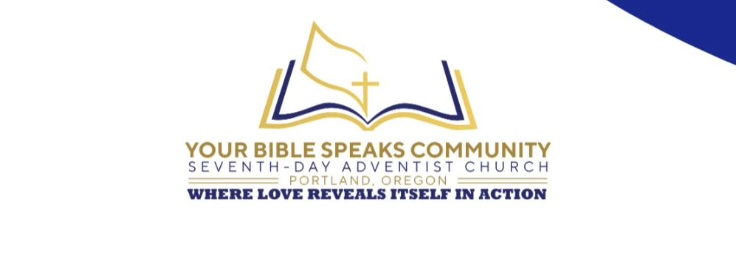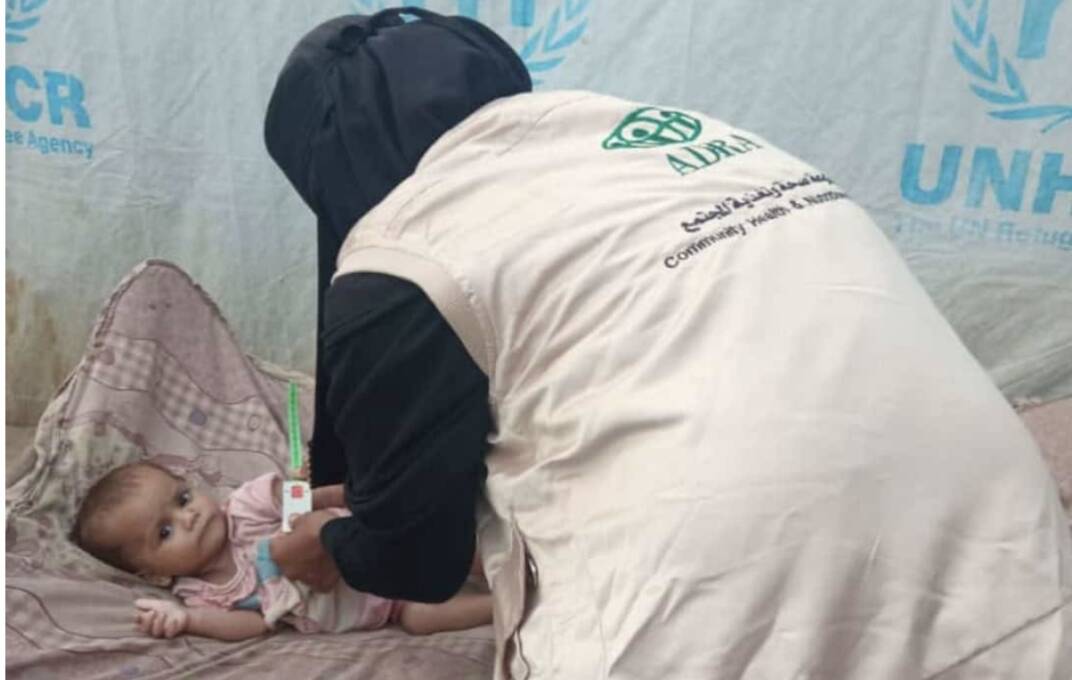Daily Lesson for Tuesday 28th of October 2025
Compare Exodus 23:28-30; Exodus 33:2; Exodus 34:11; Numbers 33:52; and Deuteronomy 7:20 with Exodus 34:13; Deuteronomy 7:5; Deuteronomy 9:3; Deuteronomy 12:2-3; and Deuteronomy 31:3-4. What do these texts reveal about the purpose of the conquest and the extent of the destruction?
God’s original purpose for the Canaanites was not annihilation but, instead, dispossession. An examination of the passages that describe the way Israel had to be involved in the battles of the conquest used terms that speak about the dispossession, ejection, and dissipation carried out against the inhabitants of the Promised Land. The second group of terms that express destruction and have Israel as the subject of the action refer mostly to inanimate objects, such as articles of pagan worship and objects devoted to destruction. Evidently, the places of pagan worship and the altars constituted the main centers of the Canaanite religion.
Holy war is mainly oriented toward Canaan’s corrupt culture and society. In order to avoid contamination, Israel had to destroy all the elements that were propagating corruption. However, all the inhabitants of Canaan, and those who, on an individual basis, recognized God’s sovereignty prior to the conquest, or even during the conquest, were able to escape through immigration (Joshua 2:9-14; compare with Judges 1:24-26). The only part of the Canaanite population doomed to destruction were those who withdrew into the fortified cities, obstinately continued to rebel against God’s plan for the Israelites, and hardened their hearts (Joshua 11:19-20).
However, this does raise a question: If the initial purpose of conquering Canaan was to drive out the inhabitants of the land and not to annihilate them, why did the Israelites have to kill so many people?
Analysis of the biblical texts related to the conquest of Canaan revealed that the original intent of the conquest implied the dissipation of the Canaanite population. However, the majority of the Canaanites, like the pharaoh of Egypt, hardened their hearts and, as such, became one with the culture to such an extent that the destruction of their culture meant they had to be destroyed, as well.
|
What elements in your own character and habits must be uprooted and annihilated? |
 (0)
(0)



